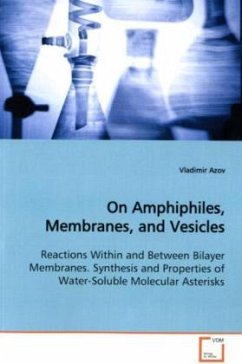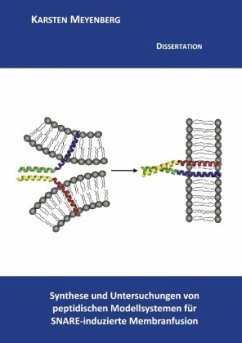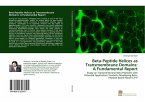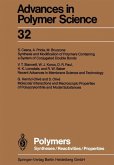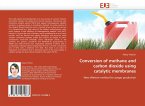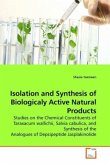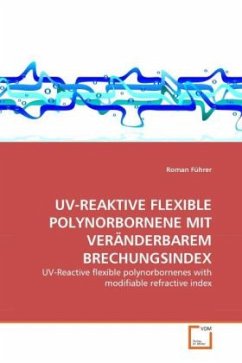The first part of the book describes kinetic studies
between a nucleophile and an electrophile when one or
both of the reagents were incorporated into vesicles
(liposomes) and compares reaction rates for the same
reagents in a solution. Several modes of reactivity
under comparable conditions have rates of decreasing
magnitude according to intra-vesicular
solution/solution solution/vesicle
inter-vesicular. Vesicle/vesicle reactivity models
numerous cell/cell reactions found in biology.
The second part of the book discusses a family of new
asterisk-shaped amphiphiles, which were prepared and
studied by means of tensiometry, calorimetry, dynamic
light scattering, UV/Vis spectroscopy, fluorescent
spectroscopy, conventional NMR spectroscopy and
FT-PGSE NMR spectroscopy. These water-soluble
asterisk-shaped amphiphiles belong to a fast-growing
family of structurally novel amphiphiles, appearing
on the scientific scene and expanding the scope of
Colloid Chemistry.
The book is aimed at a broad auditorium of scientists
interested in Organic, Physical Organic,
Supramolecular, and Colloid Chemistry.
between a nucleophile and an electrophile when one or
both of the reagents were incorporated into vesicles
(liposomes) and compares reaction rates for the same
reagents in a solution. Several modes of reactivity
under comparable conditions have rates of decreasing
magnitude according to intra-vesicular
solution/solution solution/vesicle
inter-vesicular. Vesicle/vesicle reactivity models
numerous cell/cell reactions found in biology.
The second part of the book discusses a family of new
asterisk-shaped amphiphiles, which were prepared and
studied by means of tensiometry, calorimetry, dynamic
light scattering, UV/Vis spectroscopy, fluorescent
spectroscopy, conventional NMR spectroscopy and
FT-PGSE NMR spectroscopy. These water-soluble
asterisk-shaped amphiphiles belong to a fast-growing
family of structurally novel amphiphiles, appearing
on the scientific scene and expanding the scope of
Colloid Chemistry.
The book is aimed at a broad auditorium of scientists
interested in Organic, Physical Organic,
Supramolecular, and Colloid Chemistry.

